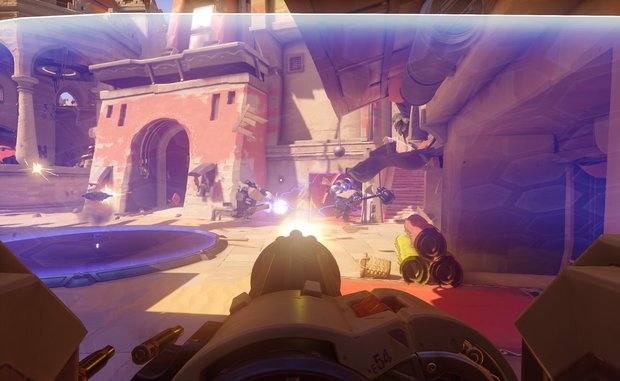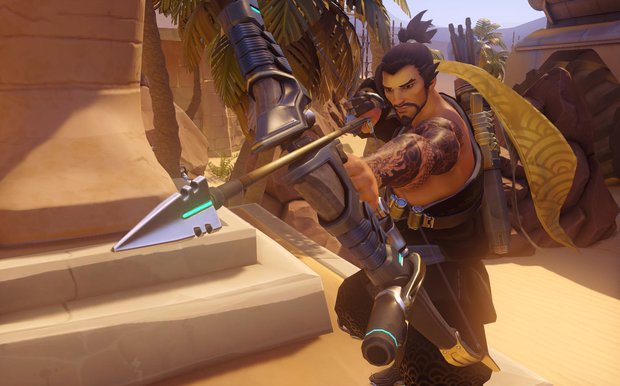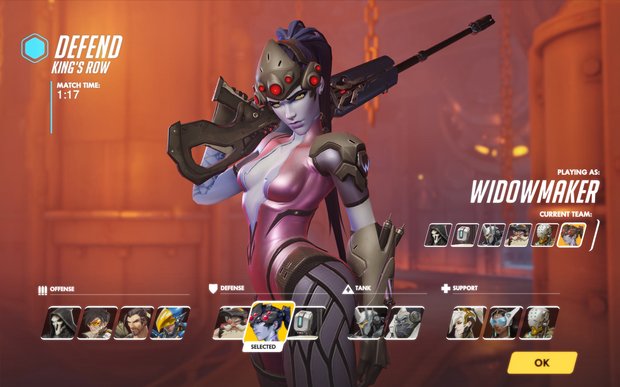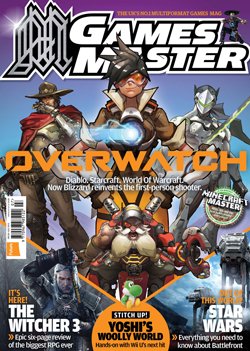Overwatch: What's Blizzards secret when it comes to reinventing genres?
It can’t be a coincidence, right? That this studio, which once upon a time earned its keep putting together The Lost Vikings and Amiga ports, is now one of the few development behemoths in the world with nary a blemish on its back-catalogue. As Blizzard dances through action-RPGs by way of MOBAs and MMOs, however, it doesn’t explicitly look for a gaming hole that needs filling. The truth, according to 13-year studio veteran and game director Jeff Kaplan, is much more palatable.
“I would say the conscious effort is not [that] we want to tackle as many new genres as possible,” he says. “Rather than analysing the market and asking what are popular genres, or where do we see a big opportunity in terms of capturing market share… That’s just not how we work. The way that we’ve enjoyed success in the past is, as a company, we’re super passionate about a certain game type and just want to make a game in that genre. That’s what happened with World Of Warcraft, that’s exactly what happened with Heroes Of The Storm, Hearthstone and Overwatch. It was because we had a passion for other games that we loved, that led us to venture out into those genres.”

The path to Overwatch was not so smooth, however. It was born from the ashes of Blizzard’s attempt to craft another MMO in the wake of World Of Warcraft. But “it just wasn’t coming together as a game,” reflects Kaplan, who spent five years of his life working on this ill-fated project. Titan, as the mysterious MMO was called internally, inspired the team with “high expectations for what we wanted to do.” But the welcome burden of Warcraft’s incredible success proved too great.
“In a post-World Of Warcraft world, how do we make another great MMO? We let the expectations overwhelm us and overwhelm the project. At a certain point you just realise things aren’t coming together.” Even after so much time and money had been spent on Titan, they knew they had to pull the plug. That type of leadership, being able to kill something when you just know it’s not working, rather than forcing it out of the door, has sort of defined Blizzard over the years.”

What remains of Titan in Overwatch, though? Aside from the fact that it was to be set in a similar sci-fi world, Kaplan tactfully dodges this direct question, revealing instead how the development squad actively looked to all of the other teams and projects in the studio’s 4,000 person strong army of talent.
“There’s definitely influence from Titan in the game… but when you have a broad reach of games behind you, you tend to pull from all of them in some ways. A lot of our environmental and world design influence comes from World Of Warcraft. The bright colours, you know – nothing’s dark and dreary. We definitely look at the previous experience on other projects as a strength that we can leverage,” he adds. “We should be talking to each other and learning from mistakes so we don’t repeat them.”

Two successes in Blizzard’s back catalogue immediately spring to mind: Hearthstone’s free-to-play experiment coming good, and Diablo III’s console edition on PS4 and Xbox One. We put both of these before Kaplan, and ask if Overwatch will learn from them.
Sign up to the GamesRadar+ Newsletter
Weekly digests, tales from the communities you love, and more
“We’re still working out the entire business model,” he says. “And as part of that, we’ll be looking into other platforms. Obviously we want our games to reach as many people as possible. You want to engage the community [on] any level that you can. But right now the only platform that we’ve announced is PC.”

You can read as much between the lines there as us. One thing we do know for sure: whatever it’s released on, Overwatch looks ready to follow in the footsteps of its raft of illustrious predecessors. Roll on the autumn beta…
Read more about Overwatch in GamesMaster issue 291 out now. Click here for more excellent GamesMaster articles. Or maybe you want to take advantage of some great offers on magazine subscriptions? You can find them here.



